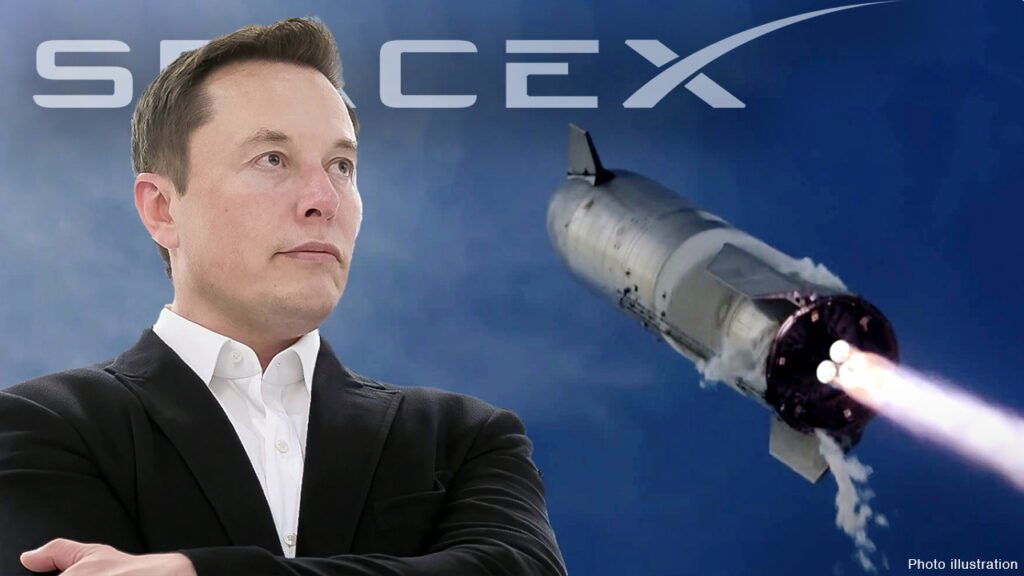
SpaceX’s Starship rocket, aimed at ferrying astronauts to the moon and beyond, completed a significant portion of its third test flight on Thursday, reaching farther than previous attempts by cruising through low orbit before meeting destruction during its return to Earth, according to the company.
During a live webcast of the flight, SpaceX reported a loss of communication with the spacecraft during its re-entry into the atmosphere. The vehicle was on course for a planned splashdown in the Indian Ocean approximately an hour after liftoff.
Shortly after, SpaceX confirmed the loss of the spacecraft, presumably due to burning up, breaking apart during re-entry, or crashing into the sea. Nevertheless, achieving most of the intended trajectory for the hour-plus test flight of Starship represents a significant milestone in the development of this spacecraft, vital for Elon Musk’s satellite launch enterprise and NASA’s lunar ambitions.
NASA chief Bill Nelson praised SpaceX for what he termed “a successful test flight” in a statement on the social media platform X. The two-stage spacecraft, comprising the Starship cruise vessel mounted atop the towering Super Heavy rocket booster, launched from SpaceX’s Starbase launch site near Boca Chica Village on the south Texas Gulf Coast.
During its journey, Starship reached peak altitudes of 145 miles (234 km), according to the company. SpaceX engineers had hoped to improve upon the previous two attempts, both of which ended in explosions shortly after liftoff. However, the company had acknowledged the high probability that the latest flight might also result in the destruction of the spacecraft before completing its planned mission profile.
SpaceX’s engineering ethos, known for its tolerance for risk compared to traditional aerospace industry norms, involves pushing spacecraft to failure points and iteratively refining improvements through repeated testing.
Despite the outcome of Thursday’s test, it’s clear that Starship is still far from achieving full operational status. Musk, SpaceX’s CEO, has emphasized the need for hundreds of uncrewed missions before human flights, alongside other milestones required by NASA for lunar landings.
Nonetheless, Musk envisions Starship as a versatile next-generation spacecraft capable of lunar missions later this decade and eventual voyages to Mars. Additionally, he sees Starship as eventually replacing the Falcon 9 rocket in SpaceX’s commercial launch operations, which currently dominate the satellite and payload delivery to low-Earth orbit.
Can you be more specific about the content of your article? After reading it, I still have some doubts. Hope you can help me.